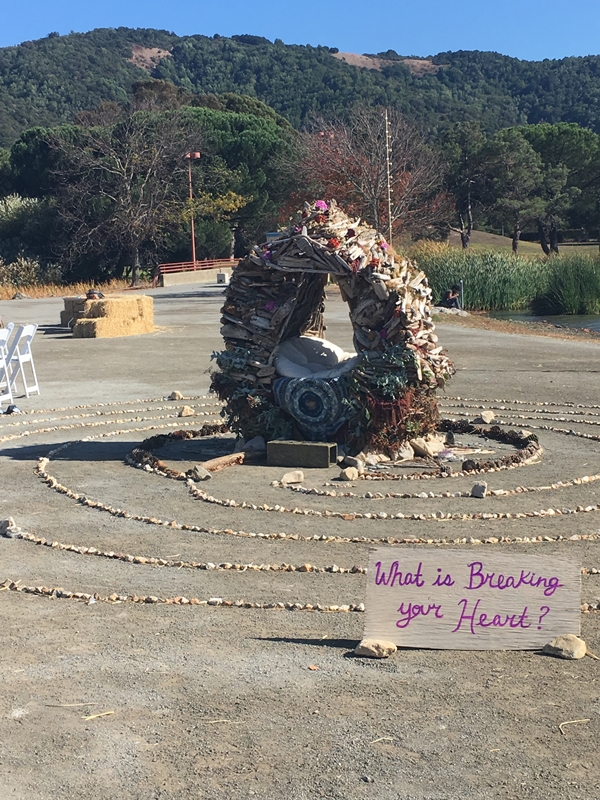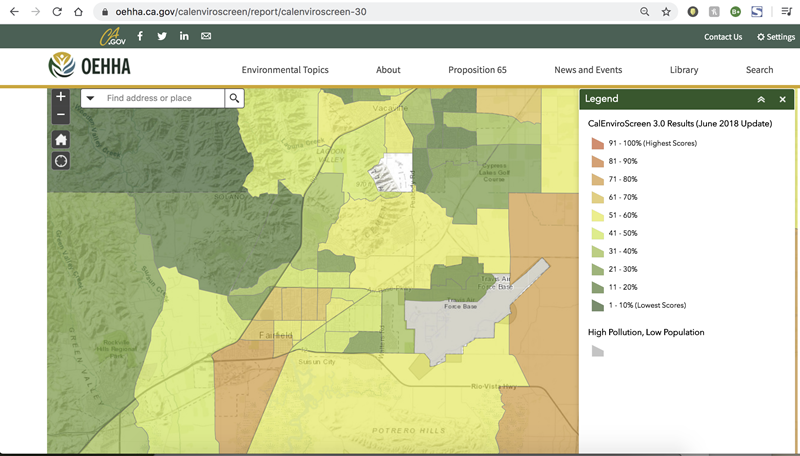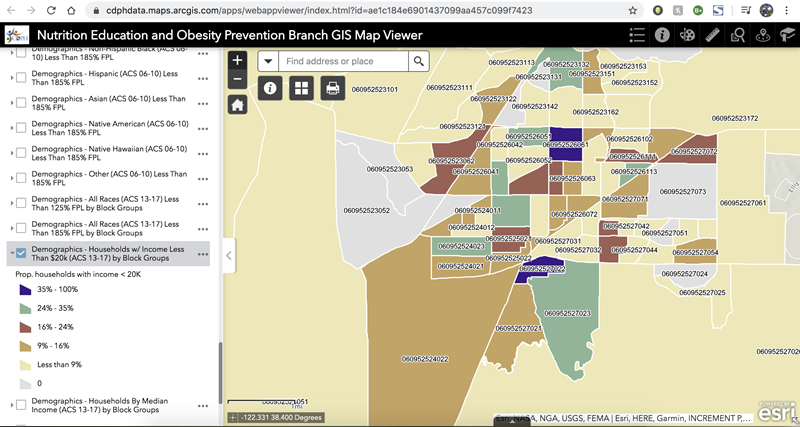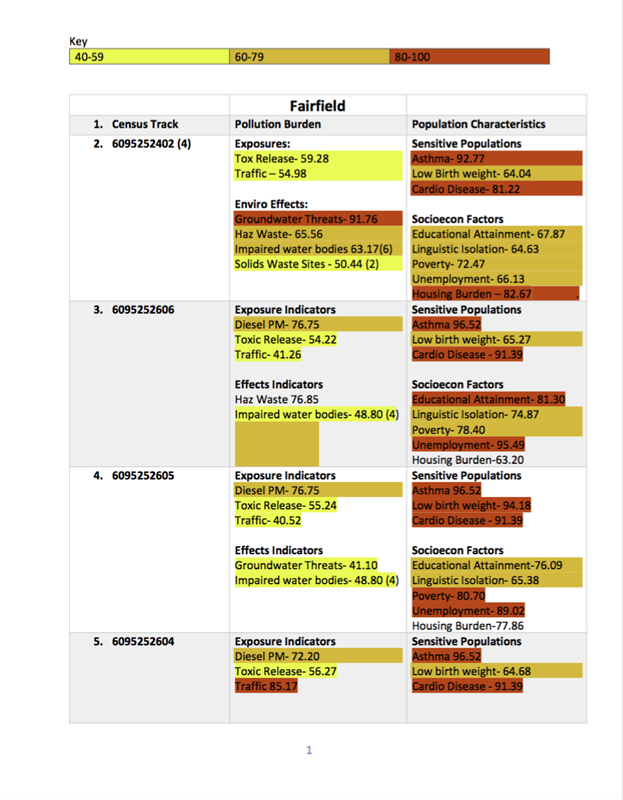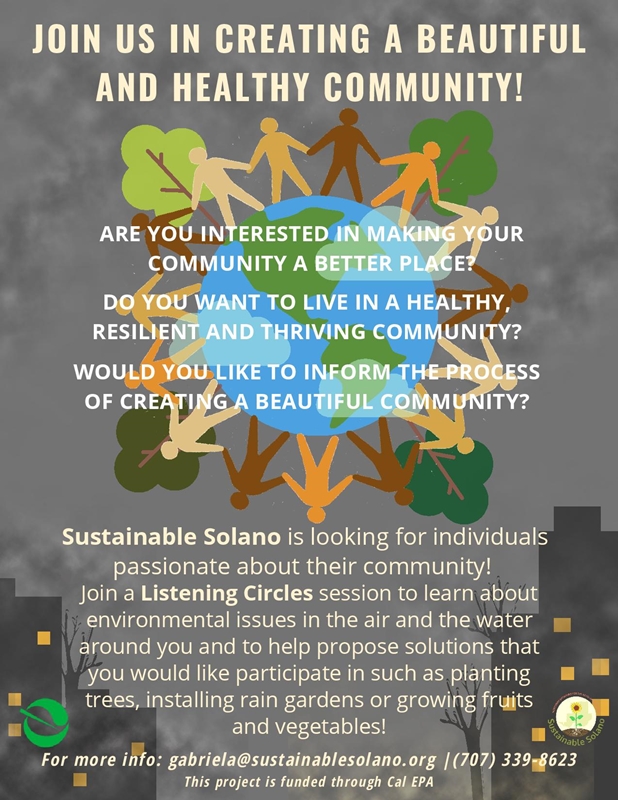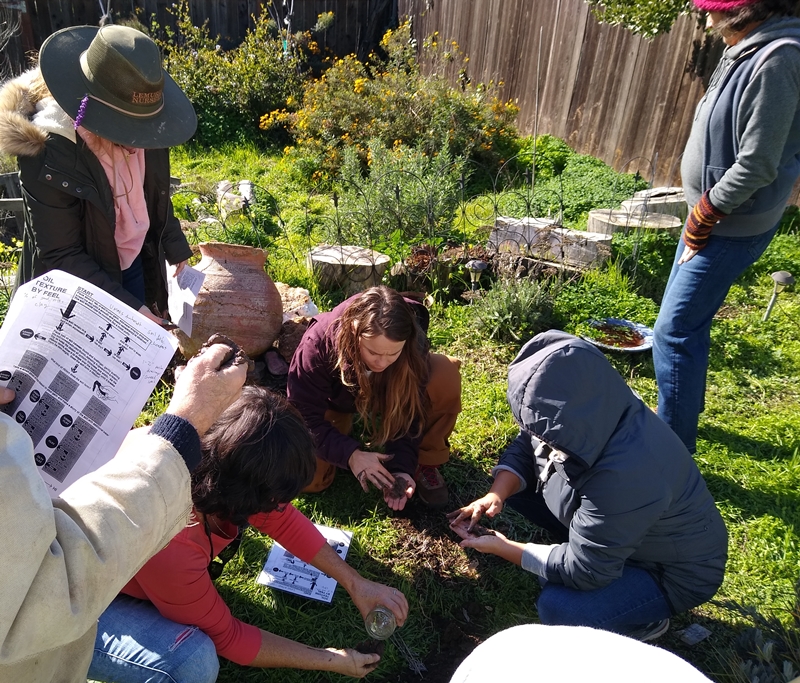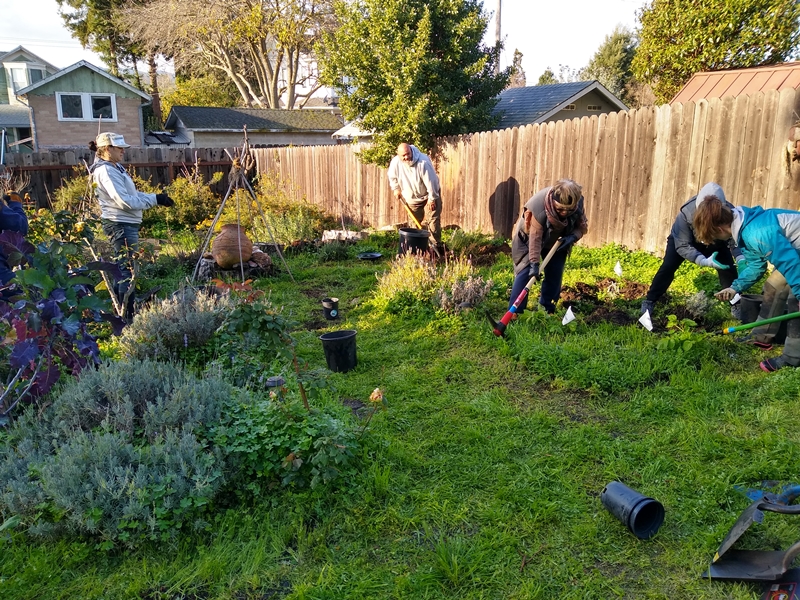Cooking classes highlighting how to prepare seasonal, local food in healthy dishes are coming to Solano County this year, starting with a class March 18 in Benicia. The second class will be April 4 in Fairfield.
Sustainable Solano, a nonprofit organization that has been working to build community interest in local food, plans 88 cooking classes around Solano County in the next two years. These cooking classes include those for the general public taught in the community as well as those taught through employee wellness programs, and are part of Sustainable Solano’s larger vision to create an environmentally sustainable, economically viable and socially just local food system in Solano County.
The classes highlight local specialty crops, which include fruit, vegetables, beans, tree nuts and culinary herbs.
Class participants also will learn about CSAs, or Community Supported Agriculture, during the classes. CSAs create a way for community members to buy a share of the harvest directly from local farmers. Customers pay a set amount and receive a box of seasonal produce or other farm products in return. Such arrangements help farmers receive a greater share of the money paid, bring customers fresh, local produce and promote health, community and the local economy.
At the Benicia class, participants will get a brief tour of the existing CSA Center at Heritage Presbyterian Church, while participants in the Fairfield class will learn about the area farms that will be delivering to the new CSA Center planned at The Lazy Barn.
Stay tuned for more cooking classes coming soon at SustainableSolano.org/events and by subscribing to the Sustainable Solano newsletter here.
Here is information on the first two classes:
Farm-to-Table Cooking Class
6-8 pm, March 18
Heritage Presbyterian Church, 1400 East Second St., Benicia
$10 per person/$15 for two people
Join Sustainable Solano’s Local Food Program Manager and chef Stephanie Oelsligle Jordan for a lively demonstration cooking class that celebrates spring ingredients and supports local farmers. Take a brief tour of the Community Supported Agriculture Center in Benicia, then learn tips and tricks for storing ingredients and cooking seasonally from a CSA box. Using Solano-grown specialty crops, Chef Steph will prepare an Asparagus Salad with Sesame-Tangerine Vinaigrette, Sautéed Radishes and Spicy Quick-Pickled Vegetables. Generous tastings and recipe packets included!
To register: https://www.eventbrite.com/e/farm-to-table-cooking-class-and-csa-tour-tickets-97672223249
Farm-to-Table Cooking Class
11 am-12:30 pm, April 4
The Lazy Barn, 735 Texas St., Fairfield
$10 per person/$15 for two people
Join Sustainable Solano’s Local Food Program Manager and chef Stephanie Oelsligle Jordan for a lively demonstration cooking class that celebrates spring ingredients and supports local farmers. Come see which Community Supported Agriculture offerings are coming soon to The Lazy Barn, plus learn tips and tricks for storing ingredients and cooking seasonally from a CSA box. Chef Steph will prepare an Asparagus Salad with Sesame-Tangerine Vinaigrette and Sautéed Radishes and highlight the health benefits of these Solano-grown specialty crops. Generous tastings and recipe packets included!
To register: https://www.eventbrite.com/e/farm-to-table-cooking-class-and-csa-demonstration-tickets-97673230261
Funding for promotion of specialty crops through cooking classes was made possible by the U.S. Department of Agriculture’s (USDA) Agricultural Marketing Service through grant AM190100XXXXG008. Its contents are solely the responsibility of the authors and do not necesssarily represent the official views of the USDA.



